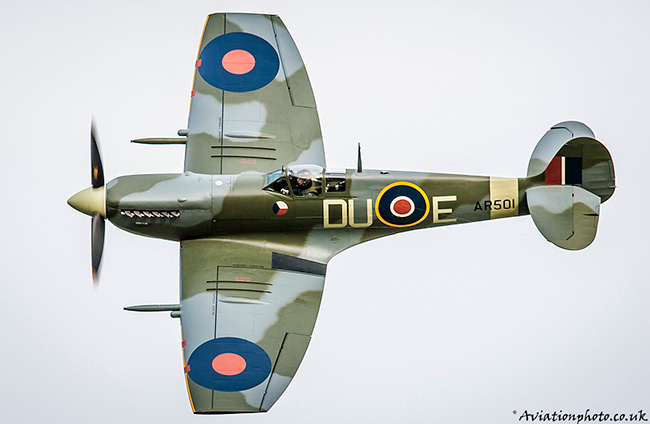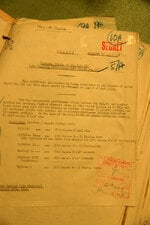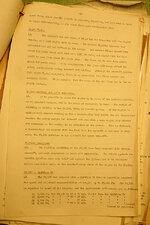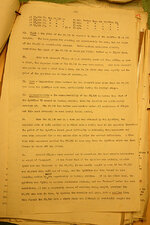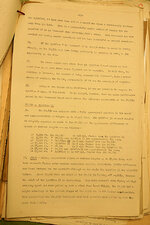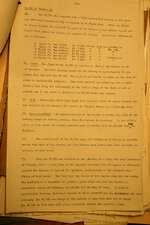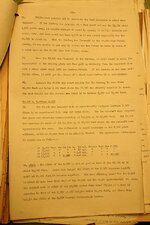Well, I haven't said the question 'against whom?' for nothing - a blanket statement like "I'd always understood that the FW.190 wasn't that great higher up" is painting with a too wide a brush. Fw 190 performance vs. other fighters probably warrants it's own thread.I meant it as a general comparison with both the intended opposition and the alternative, i.e. Spitfire and Bf 109, and by extension other good single-engined fighters in the same game, such as the Mustang, Jug, La-5 and Yak...
My understanding is that the Focke Wulf's advantages were its high speed at very low alittudes around 5000ft, and its superb roll-rate, hence modifying the Spitfire with a shortened, square-ended wing in response - the RAF found that the reduced wing loading did allow the Spitfire to keep pace with the FW 190 low down, but the roll-rate, while much improved, wasn't really enough, and it lost something of its overall performance in the turn and climb, so while a square-ended Spit could still out-turn a Focke Wulf, becuase this was something at which the Focke Wulf was never particularly good at, I'm not sure how much of an edge it retained against a Bf 109...
The correct answer against Fw 190, at least from the Supermarine stable, was installing the 2-stage supercharged Merlin (1st Merlin 61, later the better versions), and later the Griffon. Clipping the wings improved the rate of roll in general, it was the major improvement of engine power that allowed Spitfire to equal Fw 190.
A pilot of Fw 190 that allows himself to be enticed into a turning fight against Spitfire is not worth it's salt.
A quick google brings up FW 190 speed charts which show that it's blisteringly fast at low level to roughly 5000ft, then falls off sharply to around 10,000ft, then starts to speed up again until it passes the Spitfire in a narrow window around 20,000ft, where it falls off again; those who know more than me can probably explain the reason for the zig-zag curve, but I would hazard that what's shaping my perception are RAF-derived narratives more concerned with its roll-rate and consistently better performance down low rather than the "headline" speed advantage in the narrow altitude-band at 20,000ft...
Zig-zag curve was due to the engine being outfitted with 2-speed supercharger. Speed 'followed' the power, and at higher altitudes the air was thinner = less drag force = speed is greater up until the rated altitude.
What Spitfire do you have in mind here?
I once came across some squadron-level sources from Normandy (summarised in an Osprey volume, I think) which suggested that the Fw 190s in Normandy were performing low-level tip-and-run largely undisturbed by the Allies, which made me wonder if the Anglo-American perception of air superiority was simply because they weren't encountering the opposition at higher altitudes...
Similar as above: 'when?' is a crucial question that needs to be answered.
And at this point, when I started to look for climb figures, I realised that I only think of the Fw 190 as being relevant until mid-1944, when it was forced to abandon its traditional activities over southern England, the Channel and northern France, for reasons that had nothing to do with its performance...
I'd wager to say that Fw 190's 'traditional activities' over SE England were long gone by some time of late 1942-early 1943.
Performance of a Fw 190 laden with bomb(s) were nothing to brag about.
WWII Aircraft PerformanceI'm not at all sure how well the Fw 190A climbed, either; the Fw 190D gave results in the range of a high-end Spitfire V, but... well, I have no idea why they were trying to reinvent a low-level fighter as an interceptor in the first place...
There is probably a few months worth of reading about different ww2 fighters there.
Comparing Fw 190D with Spitfire V is selling the 190D short.

